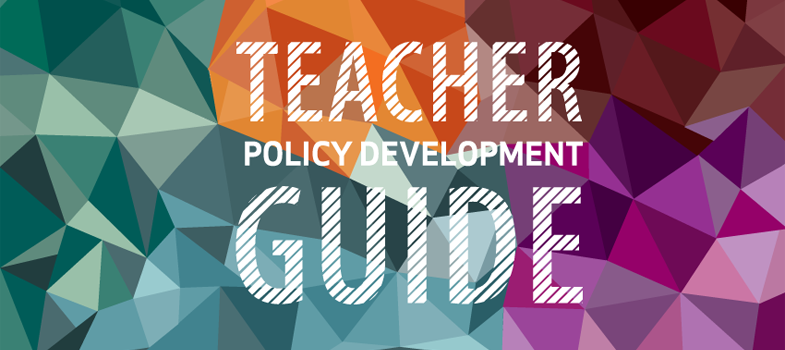5.5.3 Governance: implementation bodies/structures
The country and administrative contexts, as well as decisions about leadership, responsibilities and capacity, will largely determine the most appropriate implementation structures or bodies. The strategy may rely on existing structures of public or education administration, including dedicated public or teacher employment bodies (PSCs or TSCs); devolve responsibility to an independent or autonomous entity, such as a teacher professional or qualifications council; or create a new implementation structure – perhaps outside government authority – such as a national professional foundation or other body. Whatever the path chosen, it should respond to some key questions:
- What is likely to be the most equitable, efficient and democratically accountable structure?
- Does the implementation structure have the authority to take key decisions, including on key policy dimensions (Chapter 3), especially teacher education, professional development, employment and funding mobilization or transfer?
- Does the chosen body or structure have the management and financial capacity to oversee implementation, given the risks and constraints identified in the action plan?
- Is the structure able to effectively communicate with and mobilize all important political actors and stakeholders to understand, commit to and act on policy objectives and plans?
5.5.2 Implementation capacity
